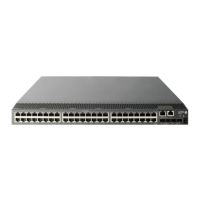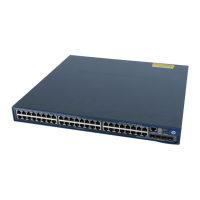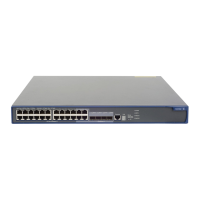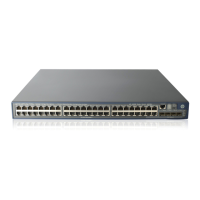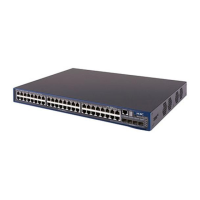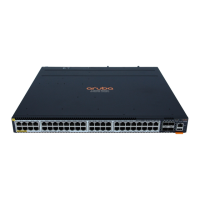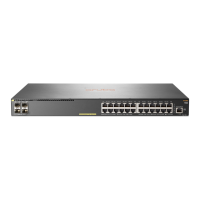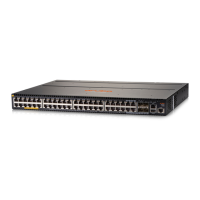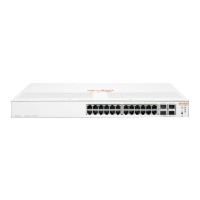3
Table 4 Limits on harmful gases in the equipment room
Maximum concentration (mg/m
3
)
Rack-mounting requirements
Before rack-mounting a switch, make sure the rack meets the following requirements:
HP recommends that you mount a switch in an open rack. If you mount a switch in a closed rack,
make sure there is a good heat dissipation system.
Make sure the rack is steady enough to support the switch and accessories.
Make sure that the switch fits the rack size. Leave some spaces beside the left and right panels of the
switch for chassis heat dissipation.
Installation tools
Flat-blade screwdriver
Phillips screwdriver
ESD-preventive wrist strap
All these installation tools are user supplied.

